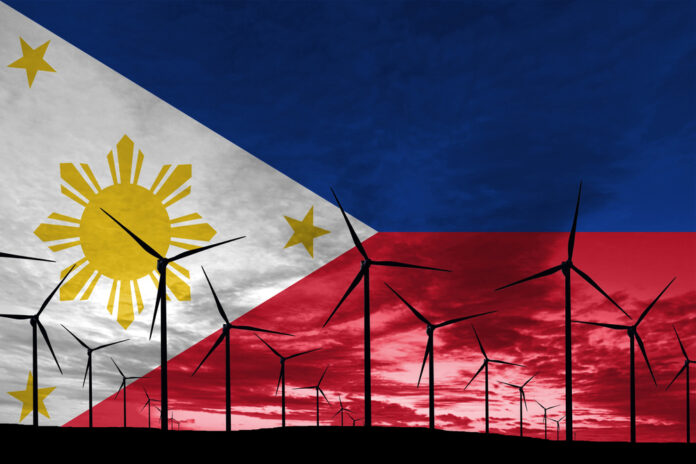A fairly large number of renewable energy firms propose sending their output to the National Grid Corporation of the Philippines (NGCP) and undergo so-called system impact studies (SIS), based on end-June data at the Department of Energy (DOE).
The bulk or 85 of the proponents are renewable energy companies generating power from solar, wind and hydro sources and only three are energy storage system (ESS) companies.
The largest proposal relates to the 3,500 MW solar energy project Terra Solar Philippines Inc. which is also proposing to build a 4,000-MW battery ESS.
According to the DOE, less than a third of companies seeking to link up with the NGCP complete the SIS phase of development when the impact of each proponent is assessed for their impact on the grid in terms of whether new substations or transmission lines are needed to ensure stability across the system.
Also, such factors as funding, line availability and power off takers come into play as well, and which is why less than a third of proponents push ahead and march past the SIS stage.
The NGCP earlier adopted a clustering approach for the SIS by grouping together power plants with a common connection point or study area to streamline the process, accelerate the evaluation of the projects, enhance the overall efficiency and reduce the waiting time for the power plant developers.
Rising demand for electricity has fueled the surge in SIS applications in recent years but only 28 percent result in the establishment of actual power plants, the DOE said.







